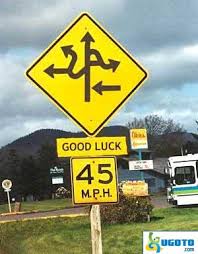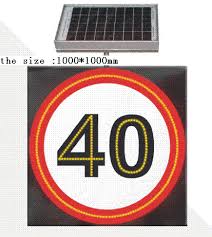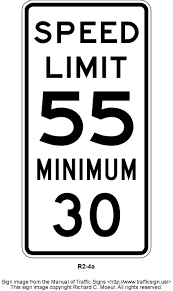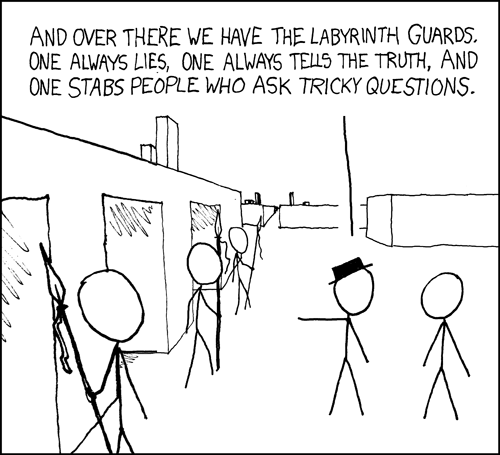 A soldier writes.....
A soldier writes.....Since Iraq, I might go several days without sleep. When I do sleep, I often wake up after a bad dream and all I want to do is put on my gear, grab my weapon and hurt someone. On nights like that I can never fall back asleep.
I was in Iraq for almost 40 months straight, so long that all of my neighbors at home moved away.
I joined the Marines in 1977 and served in the infantry until I got out in 1981. I went to work for a major transportation company, eventually rising to a management position, but as I saw the war in Iraq dragging on, I decided in 2005 to re-enlist. I was too old at 46 to get back into the Marine Corps, but with a waiver I was able to join the Army National Guard. I volunteered for the next unit deploying to Iraq, and reached the combat zone in late 2005. I truly enjoyed being in Iraq and doing an important and dangerous job.
I volunteered to stay in Iraq for four consecutive tours. I stayed because I felt that I was doing something worthwhile, regardless of the politics of the war. I stayed in Iraq because I knew that I was good at my job. I enjoy the infantry, the core fighting unit of any armed force. Not everyone can handle the conditions we suffer and the environment we operate in. And I stayed in Iraq because I adjusted so well to the environment there that I did not want to come home.
This is part of the sickness of PTSD. We become so proficient at operating in combat that we forget how to function effectively in a normal environment. Therapists and readjustment counselors call some of these symptoms “survival skills,” behaviors that keep us safe and alive in a combat environment. Being paranoid and quick to react to movement or sound, and the readiness to use violence are all good things in war. It isn’t easy to come home and turn that off, because when we try to do it we don’t feel safe.
I don’t feel comfortable at home anymore. My threat tolerance and response to perceived threats is so finely tuned that I felt safer in Iraq. Here, every stranger looks like a possible threat. If I am driving near my house and a car pulls in behind me, I will take several extra turns to make sure that I am not being followed. When I am home I feel like I am being watched. At night I leave the lights off in my house and the blinds drawn so no one can see inside. My dog thinks I am an idiot because I am always running into him in the dark.
At least in Iraq I had an armored vehicle and body armor, and I carried and operated several weapon systems. Most importantly, we had skilled soldiers watching each others’ backs. At home, I have none of that. I have no protection and I do not have any authority to tell people to get out of my way or to stop moving. If I had a choice, I would still be in Iraq or in Afghanistan.
People don’t realize how PTSD affects us. They don’t understand why we are hyper-alert and always looking for threats. They don’t understand why we are always angry and want to be in a controlled environment. I have had family members tell me that I should just relax and get myself under control. They think it is just a matter of self-control, and that it should be easy to fix. It isn’t. Do they think we want to be like this? Don’t they understand that if it was that easy we would not need to be in treatment? Then they wonder why we don’t want to talk about it.
My family is upset with me, because I do not stay in very good contact. But I don’t like them asking questions. I guess I should feel lucky that I have a family who cares about me. None of the feelings I have right now are really rational anyway. One of the biggest frustrations of having PTSD is that you feel differently than your logic tells you to feel.
I had a traumatic brain injury from a roadside bomb in Iraq, so my memory is not good at all now. I get lost driving around my hometown. I forget what room I am in at a hotel and I forget appointments and conversations with people. I cannot seem to concentrate and I can no longer read like I used to. I have to re-read the same page over and over, then the next day I have to read it again. This adds to the frustration and anger that I feel every day.
I am now at the Pathway Home, a residential recovery program that is helping me with my PTSD. I like Pathway’s quiet, calm environment. I feel safe here and I am getting some very good group and individual therapy. I think I have to pay attention to saving money for retirement. How much money I save will determine how long I should live, because after I retire I don’t want to live longer than my savings last.
It is hard to picture myself in the future. I cannot see far enough ahead to plan. I have no interest in any long-term goals. For 40 months in Iraq all I thought about was the mission we were on or our next one. Now I am home and I don’t know what I want to do or why I have no interest in the future. I can’t explain why I made it home in one piece or what my purpose in life is now. I feel like I accomplished a lot in Iraq, and I don’t understand what is left in life for me to achieve. Part of me feels like I should have died in Iraq.
I also want you to know that we did a lot of good over there. We performed professionally and we completed our missions well. When I first got to Iraq in late 2005, the country was a mess. The insurgency was gaining momentum and attacks on U.S. troops continued to increase until they peaked in 2007. By the time I can home in April of 2009 many schools and markets had re-opened. Displaced people were moving back into their homes. The government was holding elections and the Iraqi army and police were in much better shape to provide security.
We got the country back on its feet after we bombed it back into the Stone Age. We did a lot of good, and our efforts were not all wasted.
Just understand that none of us came back the same as when we left.
















.JPG)



